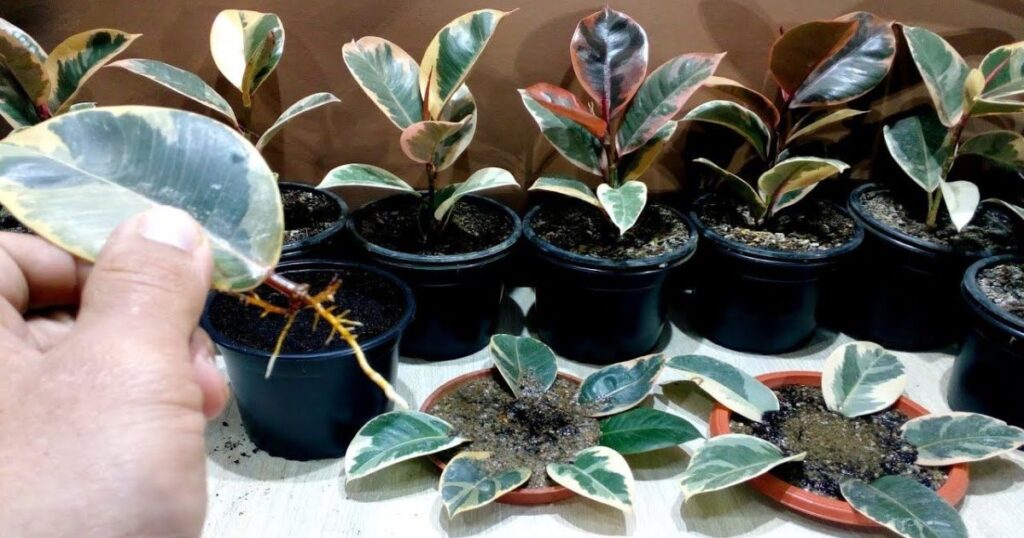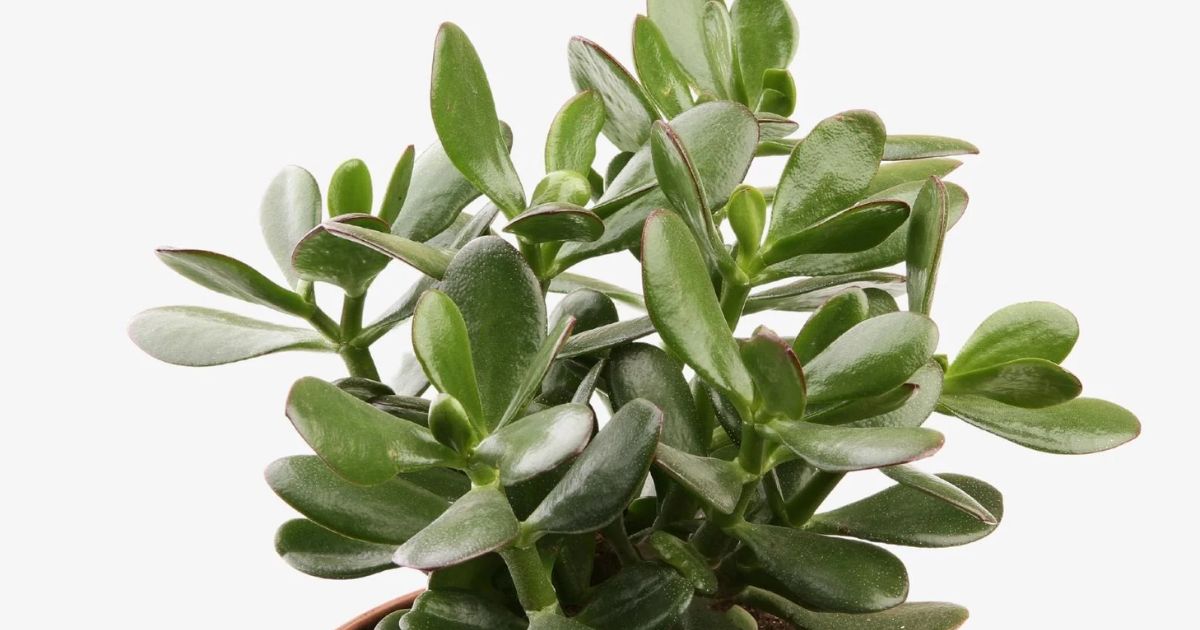A succulent is a type of plant characterized by its thick and fleshy leaves, stems, or roots that store water, enabling them to thrive in arid conditions.A rubber plant, scientifically known as Ficus elastica, does not fall into the category of succulents. Unlike succulents, rubber plants have broad, glossy leaves and are part of the fig family.
Curiosity arises when considering the nature of a rubber plant and whether it fits the succulent classification. While succulents are renowned for their water-storing abilities, the rubber plant takes a different botanical route. Its allure lies in its luscious, dark green leaves and adaptability to indoor environments.
The rubber plant, a member of the Ficus genus, boasts unique features that distinguish it from traditional succulents. While it doesn’t share the succulent’s water-storing adaptations, it thrives as a low-maintenance and visually striking addition to indoor spaces. With its ability to tolerate low light conditions and occasional neglect, the rubber plant has become a favorite among plant enthusiasts.
What is a Rubber Plant?
A rubber plant, scientifically known as Ficus elastica, is a popular indoor ornamental plant renowned for its attractive glossy leaves and adaptability. Native to Southeast Asia, these plants belong to the fig family and have become a staple in households worldwide.
Despite its lush appearance, the rubber plant is not classified as a succulent. Unlike succulents, which store water in their thick leaves, stems, or roots, rubber plants have a different set of characteristics that make them stand out in the world of indoor greenery.
How to Propagate a Rubber Plant

The rubber plant’s broad, dark green leaves bring elegance to any space, but maintaining its beauty involves addressing challenges like fungus. Learn how to treat fungus on succulents such as the rubber plant, ensuring its continued resilience and appeal even in low-light conditions, making it a favorite for both novice and experienced plant enthusiasts.
Rubber Plant Benefits
Rubber plants are excellent air purifiers, filtering out common household pollutants and enhancing indoor air quality.These plants are resilient and require minimal care. They can tolerate low light conditions and irregular watering, making them suitable for busy people .
With their large, glossy leaves, rubber plants add a touch of sophistication to any room, making them a popular choice for interior decor.Rubber plants can thrive in various environments, making them versatile and suitable for different living spaces.Some studies suggest that having indoor plants like rubber plants may contribute to reduced stress levels and improved well-being.
Types of Baby Rubber Plant
Baby rubber plants, also known as Peperomia obtusifolia, are a compact and easy-to-care-for variety within the rubber plant family. These plants, characterized by their small, succulent-like leaves, make excellent additions to shelves, tabletops, or as hanging plants. They share the rubber plant’s resilience and adaptability, requiring minimal attention to flourish.
Fast Facts on Rubber Tree Plants
Here’s a quick overview of essential facts about rubber tree plants:
| Fact | Description |
| Scientific Name | Ficus elastica |
| Origin | Southeast Asia |
| Common Names | Rubber plant, rubber tree, Indian rubber bush |
| Light Requirements | Moderate to low light |
| Watering Needs | Allow the soil to dry between waterings |
| Growth Rate | Moderate |
Understanding these key facts provides a solid foundation for cultivating and caring for rubber plants.
How to Grow a Rubber Plant
Growing a rubber plant is a straightforward process that even beginners can master. Start with a healthy plant, choose a suitable container with drainage holes, and use well-draining soil. Place the plant in moderate to low light, water it when the top inch of soil is dry, and watch it thrive. Regular pruning can help maintain the desired shape and size.
How to Repot Rubber Plants
Repotting is a crucial aspect of rubber plant care, ensuring that the plant has sufficient space to grow and access fresh nutrients. Begin by choosing a larger pot with adequate drainage. Gently remove the plant from its current container, loosen the roots
FAQ’s
Can I grow a rubber plant in low-light conditions?
Rubber plants are adaptable and can thrive in moderate to low-light environments, making them suitable for spaces with limited sunlight.
How often should I water my rubber plant?
Water your rubber plant when the top inch of soil is dry to the touch, allowing it to dry out between waterings to prevent overwatering.
Is repotting necessary for a rubber plant?
Repotting is essential every 1-2 years or when the plant outgrows its current pot, ensuring optimal growth and nutrient access.
What should I do if my rubber plant’s leaves turn yellow?
Yellowing leaves may signal overwatering or insufficient light. Adjust watering habits and ensure the plant receives adequate light for healthy growth.
Can I propagate a rubber plant from cuttings?
Yes, you can easily propagate a rubber plant from stem cuttings. Place the cutting in water or soil, and roots will develop, allowing you to create new plants.
Conclusion
In wrapping up our exploration of whether a rubber plant is a succulent, it’s clear that while they share the stage as popular indoor plants, they have distinct characteristics. The rubber plant, scientifically known as Ficus elastica, stands out with its broad, glossy leaves and adaptability to indoor conditions. Although not classified as a succulent, the rubber plant brings its own set of benefits, such as air purification, low maintenance, and aesthetic appeal. Whether you’re a seasoned plant enthusiast or a beginner, the rubber plant’s resilience and versatility make it a delightful addition to any home.
In the world of indoor greenery, the rubber plant shines with its ability to thrive in various environments and its minimal care requirements. From growing and repotting to propagating, the process of cultivating a thriving rubber plant is accessible to all. With its air-purifying qualities and aesthetic charm, the rubber plant proves that, while it may not be a succulent, it holds its own place as a beloved and enduring houseplant for plant enthusiasts around the globe.










